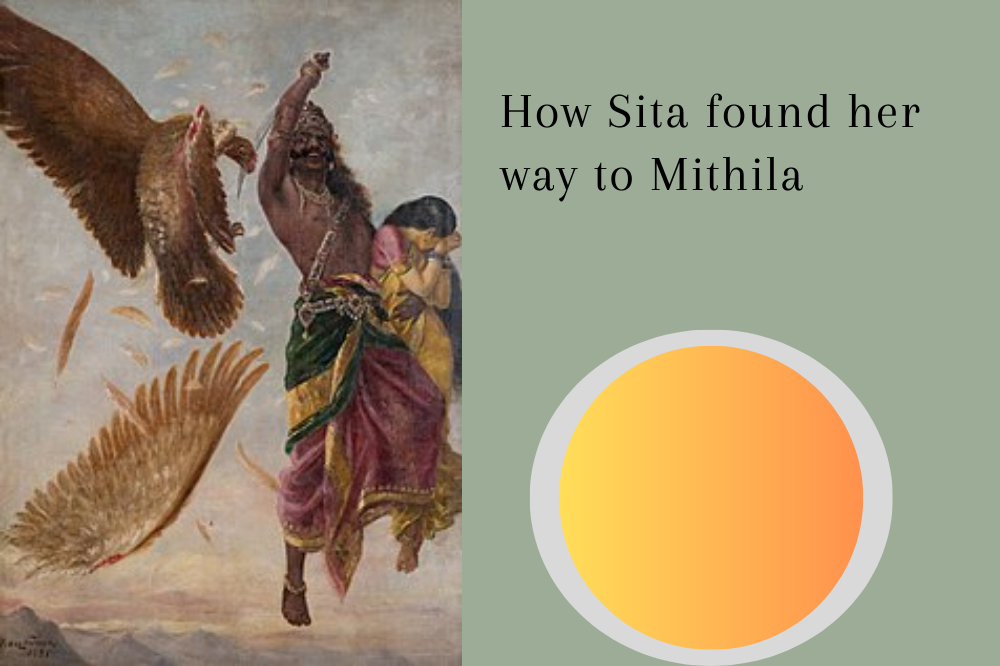While traditional Ramayanas have shown Sita to be the daughter of Janaka, who
found her while he was tilling the land, there is an interesting and an unusual birth
story that we find in Chandrabati’s Ramayana, which was written from a female’s
perspective. Unlike other Ramayanas, Chandrabati’s even begins with the birth of
Sita, as against majority of the others which begin with the birth of Rama.
It is said that Ravana had become invincible after getting a boon from Lord
Brahma. This invincibility also gave him lot of powers and freedom of spending time
with divine women, often forcefully and otherwise. Ravan’s wife, Mandodari felt
neglected and decided to end her life, by consuming poison. However, the poison
converts into a child in her womb, and soon she delivers an egg. Astrologers
predicted that the daughter born out of the egg would cause the destruction of both
Ravana and the rakshasa clans. Ravana was outraged and wanted to destroy the
egg immediately, but motherhood prevailed and the egg was thrown away in the
ocean in a golden casket.
The golden casket flows in the Bay of Bengal and is found by a poor fisherman, by
the name of Madhab Jalia. He brings the casket to his religious wife, Sata who
performed various rituals to receive the egg. Goddess Lakshmi who was in the egg,
in the form of the unborn Sita blessed her and the poor fisherman became rich.
Meanwhile the goddess appeared in the dreams of the fisherman’s wife and asked
her to deliver the egg to the wife of King Janaka.
Sata, the wife of the fisherman delivers the egg to the queen with only one request,
that may the child born out of the egg, be named Sita, after her name (a slight
interplay of vowels). Soon Sita is born and bears the name of a poor fisherman’s
wife. Unlike other versions, she was not found by King Janaka and nor does he
seem to have any role to play. Interestingly, the female version of the epic by
Chandrabati shows that Sita was given birth by Mandodari (without the help of
Ravana), a fisherman’s wife takes care of the egg, and King Janaka’s wife brings up
the child Sita – no males have any role to play in this.
Interestingly, Chandrabati spends a lot less time relating the birth of Lord Rama
and his brothers! The entire epic has been written from the female point of view
and female sensibilities and often does not even focus on Rama and his heroics like
battles, etc. They find no or little space in Chandrabati’s Ramayana. To quote
Nabaneeta Deb Sen, “This narrative technique enables Chandrabati to subvert the
patriarchal hegemony over the text. By shifting the limelight from Rama to Sita,
events that were of central importance in the canonical versions, become
marginalized here, thereby subverting the male code.”
Story by – Utkarsh Patel
Source – Chandrabati’s Ramayana
Location – West Bengal
Image source –
